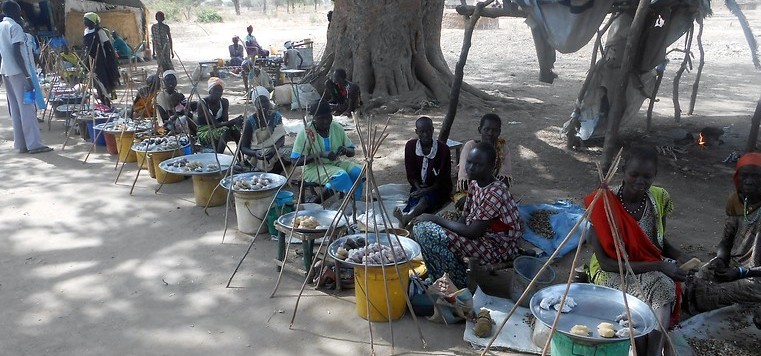South Sudanese villagers are surviving on tree leaves as food runs out in areas where famine has not been officially declared, a humanitarian organization said in a new report released on Monday.
The Norwegian Refugee Council (NRC) said the communities it visited outside Aweil Centre County in the northern part of the country have resorted to extreme famine coping techniques such as eating tree leaves to stay alive.
“Eating barely edible wild foods is a coping strategy for communities trying to survive a food crisis,” said NRC’s South Sudan country director Rehana Zawar.
“The bitter leaves eaten by families we spoke to are from the Lalop tree, and have limited nutritional value. When families eat these leaves and little else, malnutrition quickly follows.”
Bhakita Abuk, a mother of seven children, a resident of Amothic village, said: “Children are eating leaves of the trees, children are suffering because there is not enough food to eat. Some of the children have diarrhoea from eating the leaves,” she said.
The aid agency warned that the current situation is worsening and appealed for funding to help fight against hunger in the world’s youngest nation.
“International donors need to provide more funding for emergency aid for South Sudan to stop the famine and food crisis escalating,” Zawar said.
NRC pointed out that the aid appeal for South Sudan requires $1.6 billion to help citizens in need, adding that only 18 percent of the appeal has been funded so far.
Some 100,000 people are already in a state of famine in Leer and Mayendit Counties in Unity State and another one million are at risk in the coming months.
Photo: Women sit with food that they hope to sell in Manyiel village/NRC




